Addition of H2O to an unsymmetric alkene in the process of sulphuric acid follows ………………… .
Markownikoff.s rule
Topper's Solved these Questions
- HYDROXY COMPOUNDS AND ETHERSBOOK - FULL MARKSCHAPTER - HYDROXY COMPOUNDS AND ETHERSEXERCISE - ADDITIONAL QUESTIONS (Match the following Column-l with Column-ll using the code given below)
17 Videos
- HYDROXY COMPOUNDS AND ETHERSBOOK - FULL MARKSCHAPTER - HYDROXY COMPOUNDS AND ETHERSEXERCISE - ADDITIONAL QUESTIONS (Assertion and reasons)
20 Videos
- HYDROXY COMPOUNDS AND ETHERSBOOK - FULL MARKSCHAPTER - HYDROXY COMPOUNDS AND ETHERSEXERCISE - ADDITIONAL QUESTIONS (Choose the best answer)
160 Videos
- ELECTRO CHEMISTRYBOOK - FULL MARKSCHAPTER - ELECTRO CHEMISTRYEXERCISE - ADDITIONAL QUESTIONS -5- MARK QUESTIONS
15 Videos
- IONIC EQUILIBRIUMBOOK - FULL MARKSCHAPTER - IONIC EQUILIBRIUMEXERCISE - ADDITIONAL QUESTIONS (5 MARK QUESTION)
15 Videos
Similar Questions
Knowledge Check
Action of water in the presence of sulphuric acid with the following alkenes
(i)
(ii) CH3−CH=H2 givesA(i)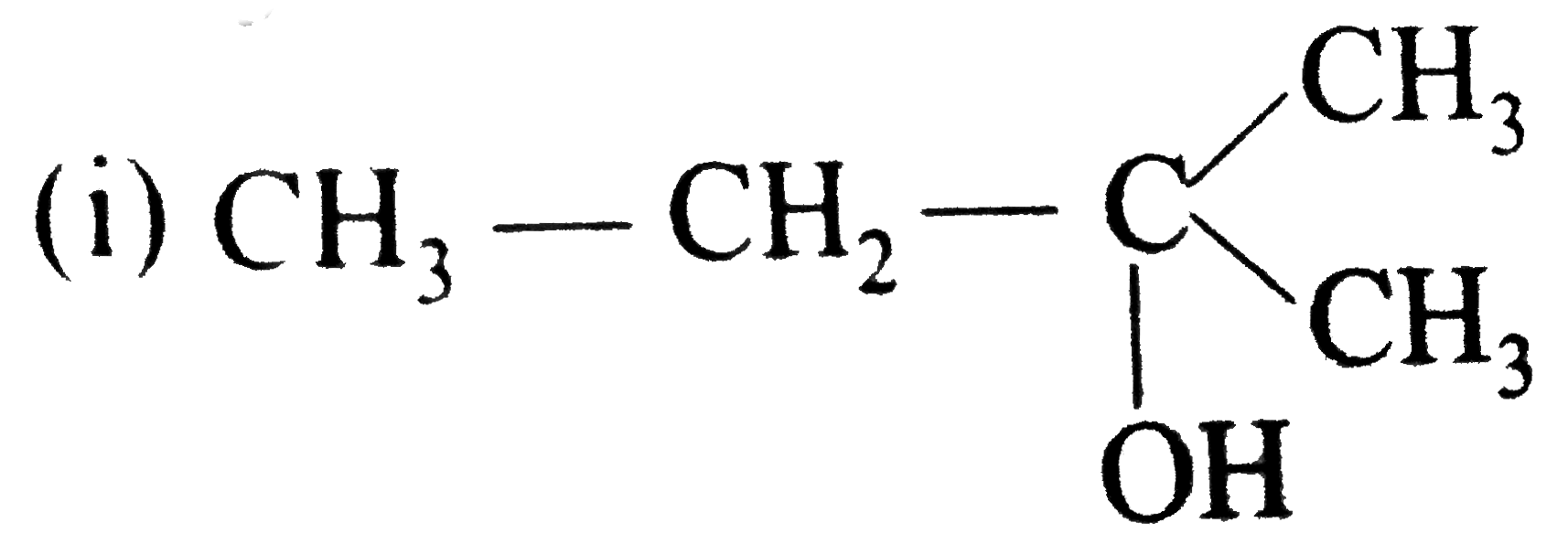
(ii) CH3−CH∣OH−CH3B(i)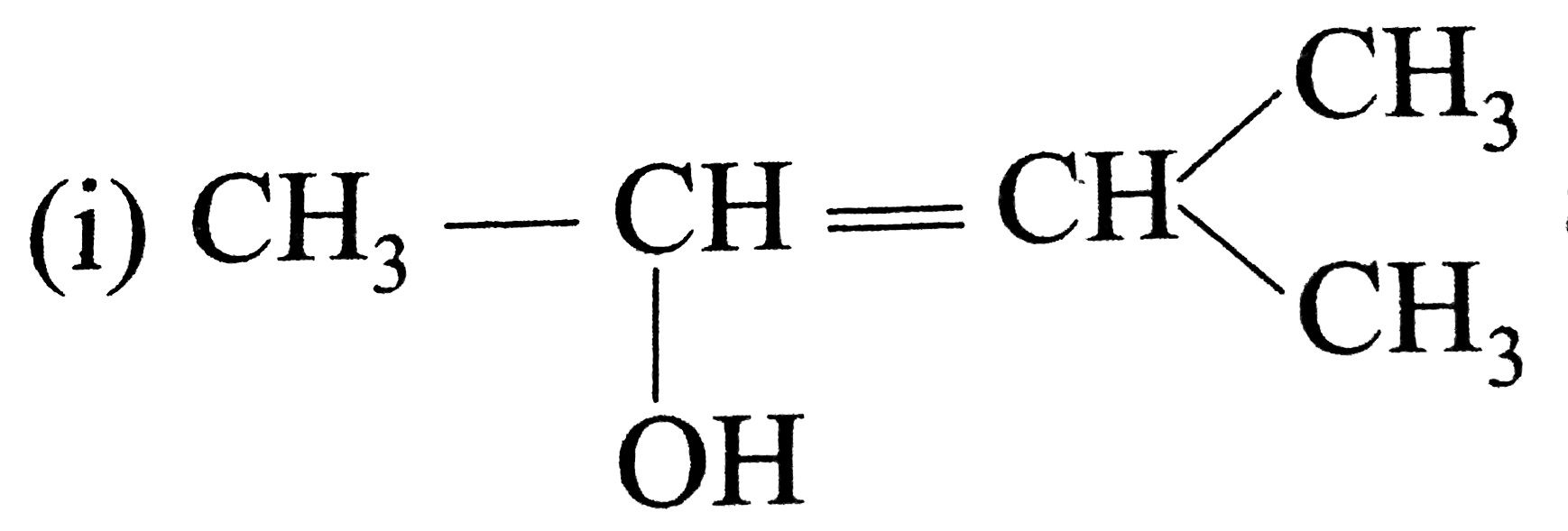
(ii) CH3−CH2−CH2OHC(i)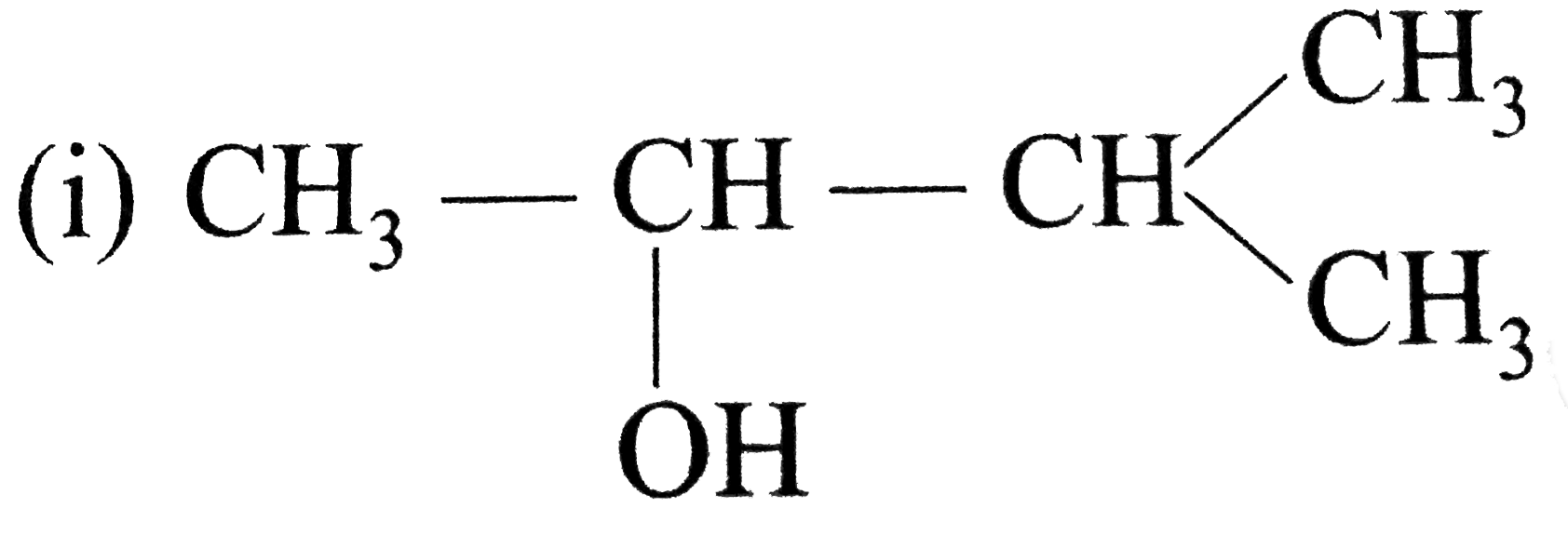
CH3−CH∣OH−CH3D(i)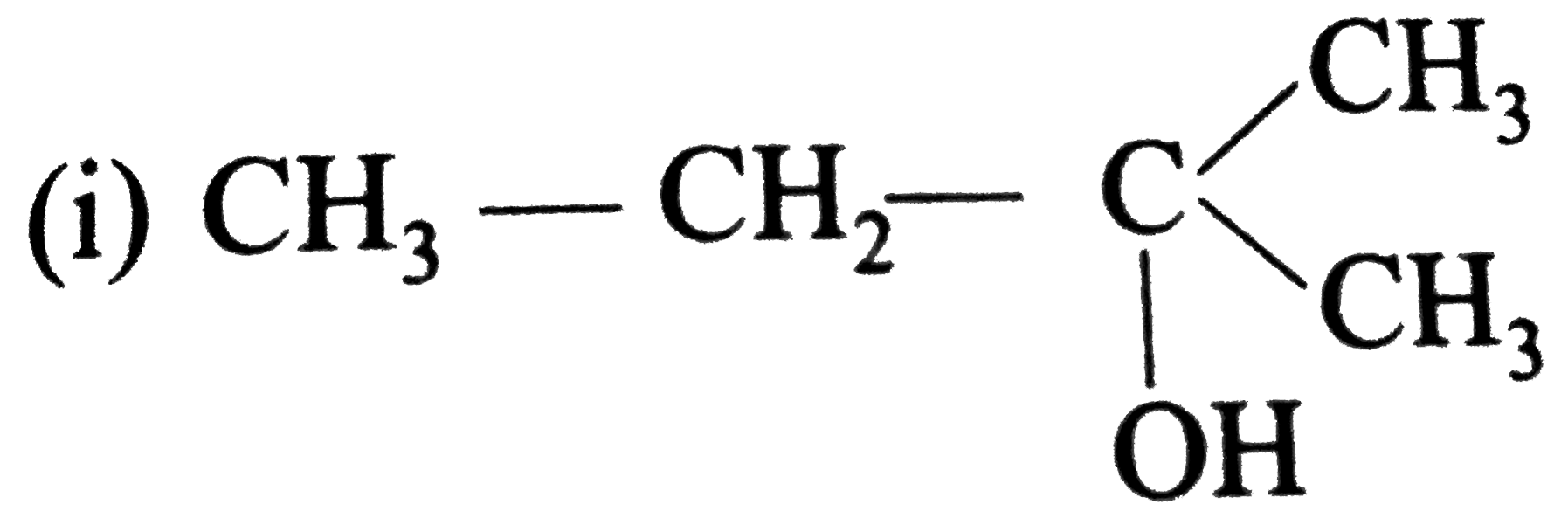
CH3−CH2−CH2OHAction of water in the presence of sulphuric acid with the following alkenes
(i)
(ii) CH3−CH=H2 givesA(i) (#3A2ZCHMXIIC11E01288_O01.png width=30%><br>(ii)CH_(3)-underset(OH)underset(|)(CH)-CH_(3)B(i)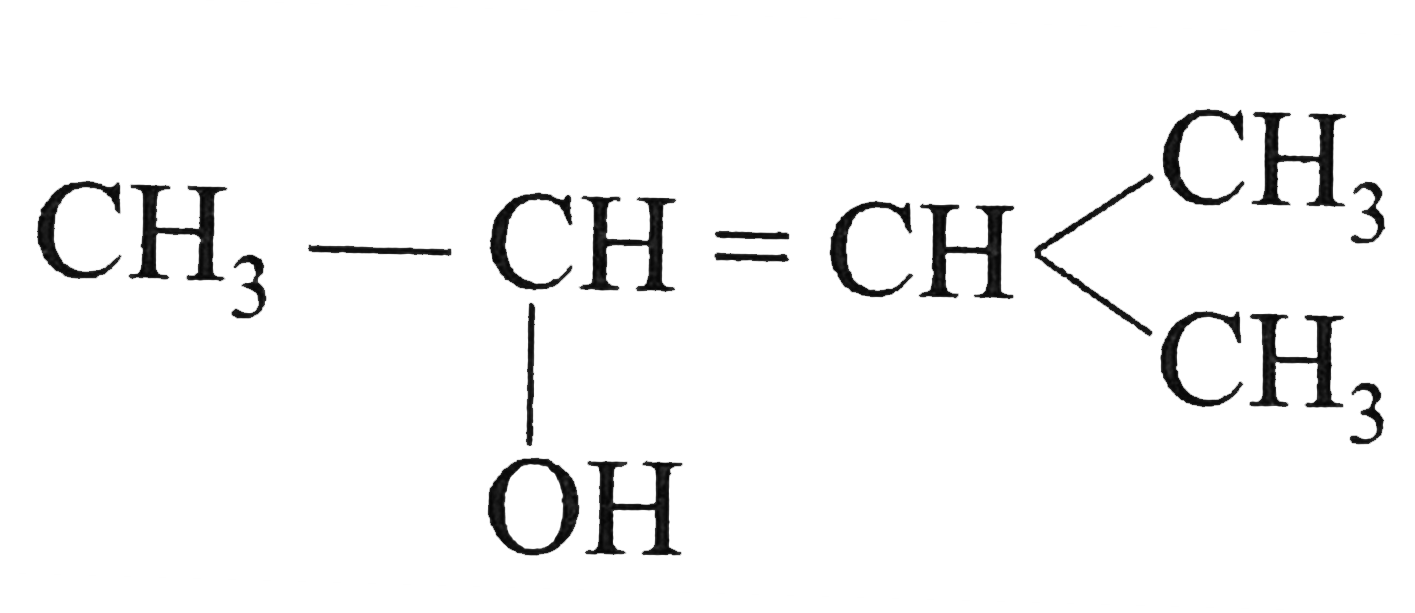
(ii) CH3−CH2−CH2OHC(i)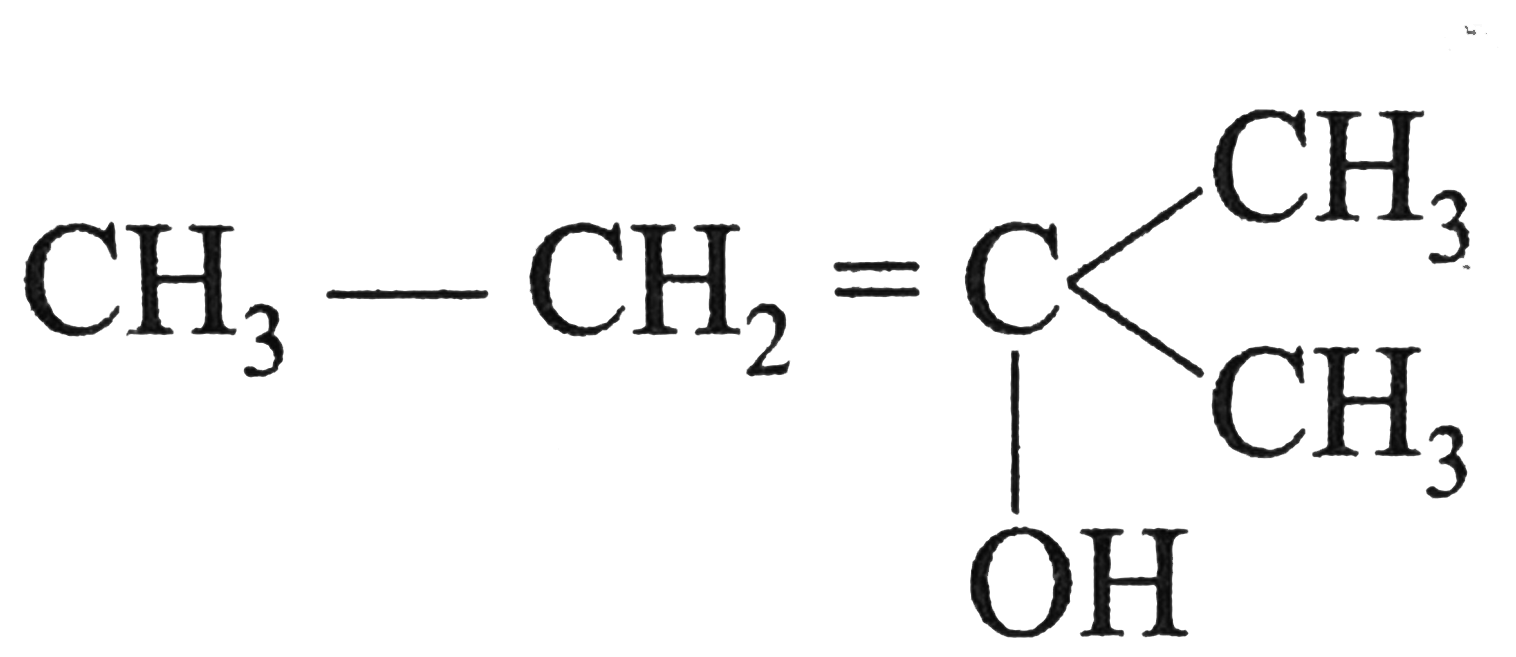
(ii) CH3−CH∣OH=CH3D(i)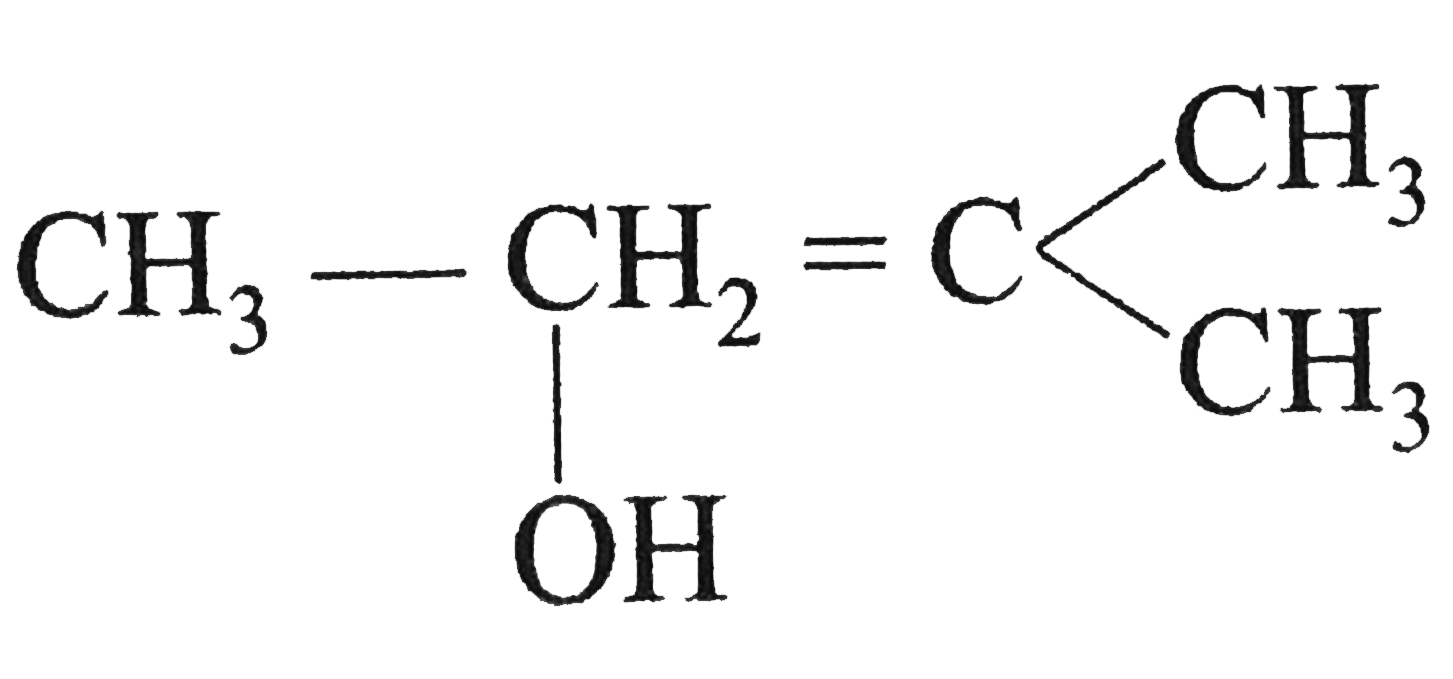
(ii) CH3−CH2−CH2OHAlkenes undergo electrophilic addition reactions. Electrophilic addition to unsymmetrical alkenes involve the formation of a more stable carbocation intermediate in the first step which is rate determining and carbocation is then attacked by a nuclephile to form product
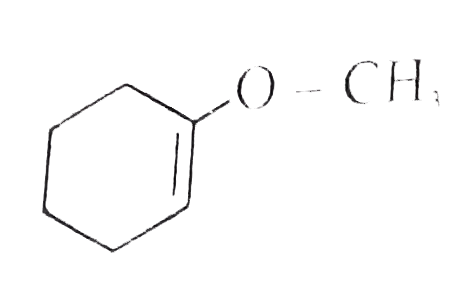 +H2OH2SO4−−−→ ProductAThe major product is
+H2OH2SO4−−−→ ProductAThe major product is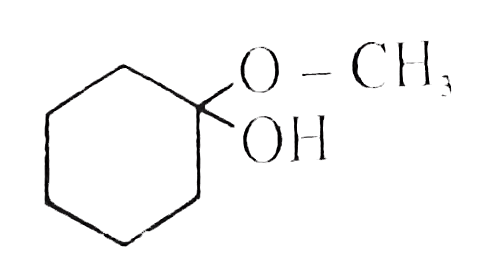 BThe major product is
BThe major product is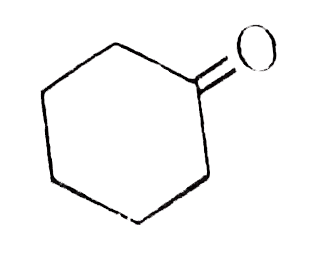 CMajor product give +ve Tollen's testDMajor product give +ve iodoform test
CMajor product give +ve Tollen's testDMajor product give +ve iodoform test
The alkenes have π-bonds which make them highly reactive. These undergo electrophilic addition reactions, Addition of HX to unsymmetrical alkenes gives two products and follow Markovnikov rule and anti- Markovnikov rule. The addition occure through the formation of carbocation in Markovnikov rule and free radicals in anti-Markovnikov zule. The ozonolysis reaction of alkenes helps to locate the position of double bond.
Name the products formed when 2-methylpropene is treated with ozone followed by Zn,H2O.
View SolutionThe alkenes have π-bonds which make them highly reactive. These undergo electrophilic addition reactions, Addition of HX to unsymmetrical alkenes gives two products and follow Markovnikov rule and anti- Markovnikov rule. The addition occure through the formation of carbocation in Markovnikov rule and free radicals in anti-Markovnikov zule. The ozonolysis reaction of alkenes helps to locate the position of double bond.
Ozonolysis of an alkene 'A' followed by decomposition with water and a reducing agent gave a mixture of two isomers of the formula C3H6O. Give the structure of the alkene and its IUPAC name.
View SolutionAlkenes undergo electrophilic addition reactions. Electrophilic addition to unsymmetrical alkenes involve the formation of a more stable carbocation intermediate in the first step which is rate determining and carbocation is then attacked by a nuclephile to form product
 +H2OH2SO4−−−→ Product
+H2OH2SO4−−−→ Product
View SolutionAlkenes undergo electrophilic addition reactions. Electrophilic addition to unsymmetrical alkenes involve the formation of a more stable carbocation intermediate in the first step which is rate determining and carbocation is then attacked by a nuclephile to form product
Which one of the following alkene reacts most readily with HCI?
View SolutionAlkenes undergo electrophilic addition reactions. Electrophilic addition to unsymmetrical alkenes involve the formation of a more stable carbocation intermediate in the first step which is rate determining and carbocation is then attacked by a nuclephile to form product
Which one of the following alkene reacts most readily with HCI?
View Solution
